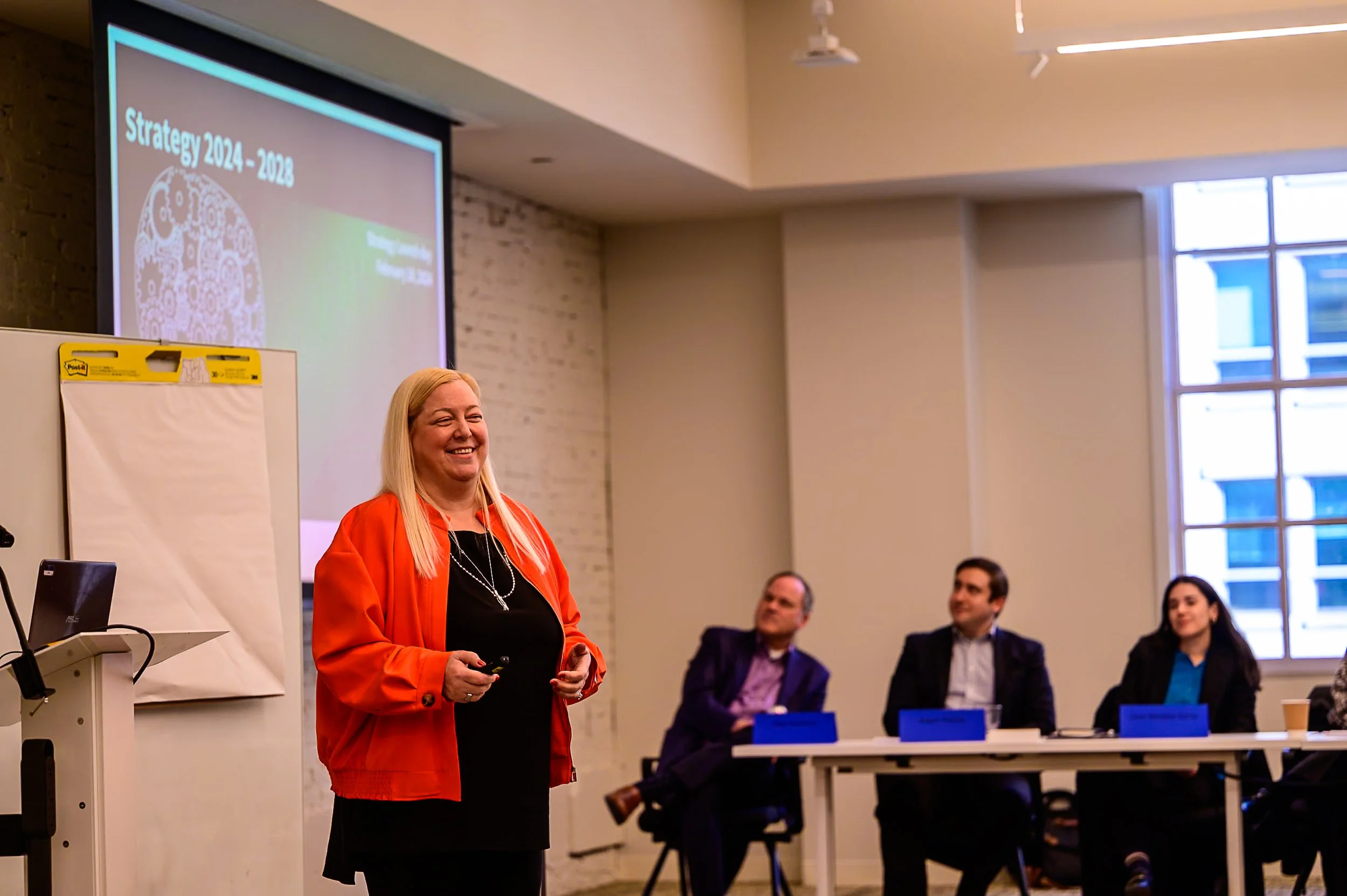
When Every Moment Counts: How FEMA Works with State, Local, Tribal, and Territorial Stakeholders
When Every Moment Counts: How FEMA Works with State, Local, Tribal, and Territorial Stakeholders
Disaster management is a complex undertaking, one that requires smooth operation across all levels of the Government. The Federal Emergency Management Agency (FEMA) works with a network of emergency managers and other stakeholders before, during, and after natural disasters, including state, local, tribal, and territorial (SLTT) Government agencies. Each SLTT agency’s circumstances are unique, including their knowledge base, budget, resources, and relationships with other Government agencies.
FEMA can more effectively coordinate disaster management and aid where needed by familiarizing itself with and understanding the capabilities and needs SLTT agencies at each stage in the disaster timeline:
Before disasters: Studying the current state of an SLTT agency’s resilience programs and disaster response policies allows FEMA to help the agency identify and resolve potential gaps before a disaster occurs. When a disaster is anticipated (e.g., a hurricane), knowing the resources and capacity of an emergency manager allows FEMA to allocate additional resources to bolster them as needed
During disasters: Becoming familiar with an SLTT agency’s alerting and communication methods allows FEMA and stakeholders to quickly coordinate relevant messages with the public, especially in a rapidly evolving situation where timely information is vital
After disasters: Observing the successes and challenges faced by the impacted SLTT agency throughout the disaster can inform the recovery process, including areas where agencies outperformed or underperformed expectations, what resources were used and how much, or outcomes that were not anticipated in disaster response plans
FEMA’s ability to strengthen its knowledge base and build close partnerships with SLTT agencies depends on addressing both technical and personal factors. On the technical side, FEMA can use innovative tools, such as artificial intelligence and advanced data management systems, to quickly and accurately analyze records and policy documents. By introducing AI-driven data management and visualization platforms like BigQuery and Google Looker FEMA has already made progress. These programs allow staff to run queries, gather information, and develop models in a fraction of the time it previously took.
FEMA can also apply human-centered methods when working with SLTT agencies such as designing user-friendly web pages and disaster assistance applications. This means shaping the process around the stakeholder’s perspective: What information are they most likely to need? How easily can they find and access critical resources? Do they feel their concerns are being heard and addressed? Just as important, FEMA can encourage stakeholder engagement representatives and regional officials to build strong personal relationships with SLTT emergency managers. When those managers have a trusted point of contact at FEMA, communication becomes more open and direct, which is an essential factor during disasters, when every moment counts.
By applying data-backed, human-centered responses with innovative technology throughout a disaster’s timeline, FEMA can protect and support the needs of SLTT stakeholders.




















